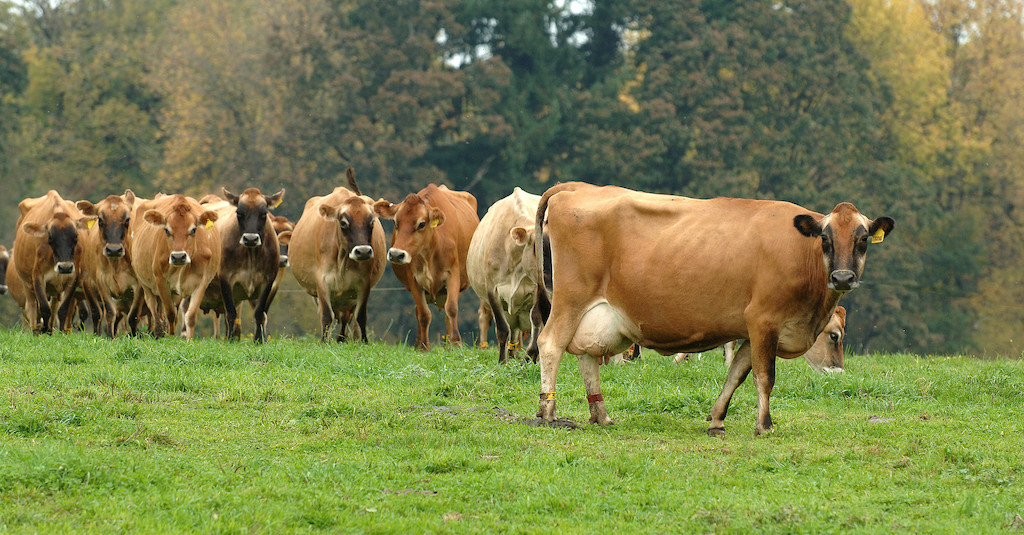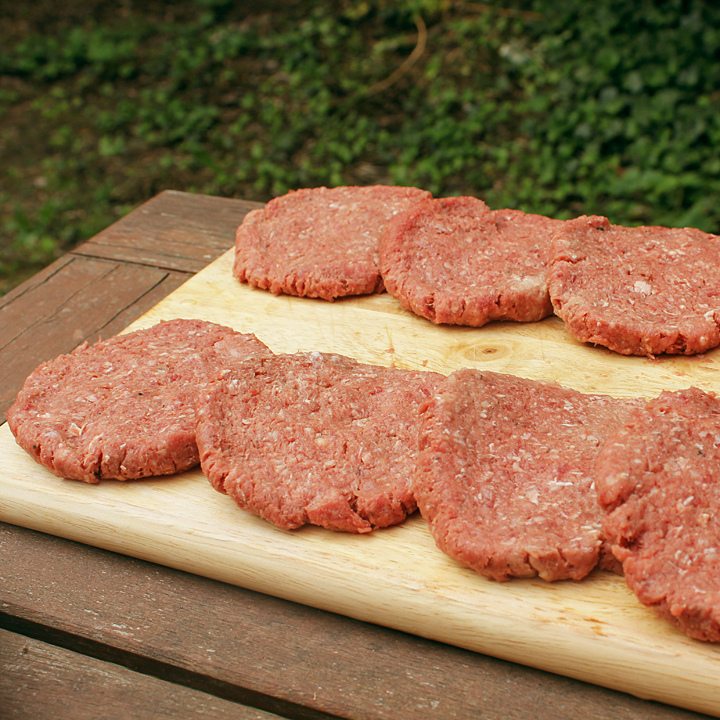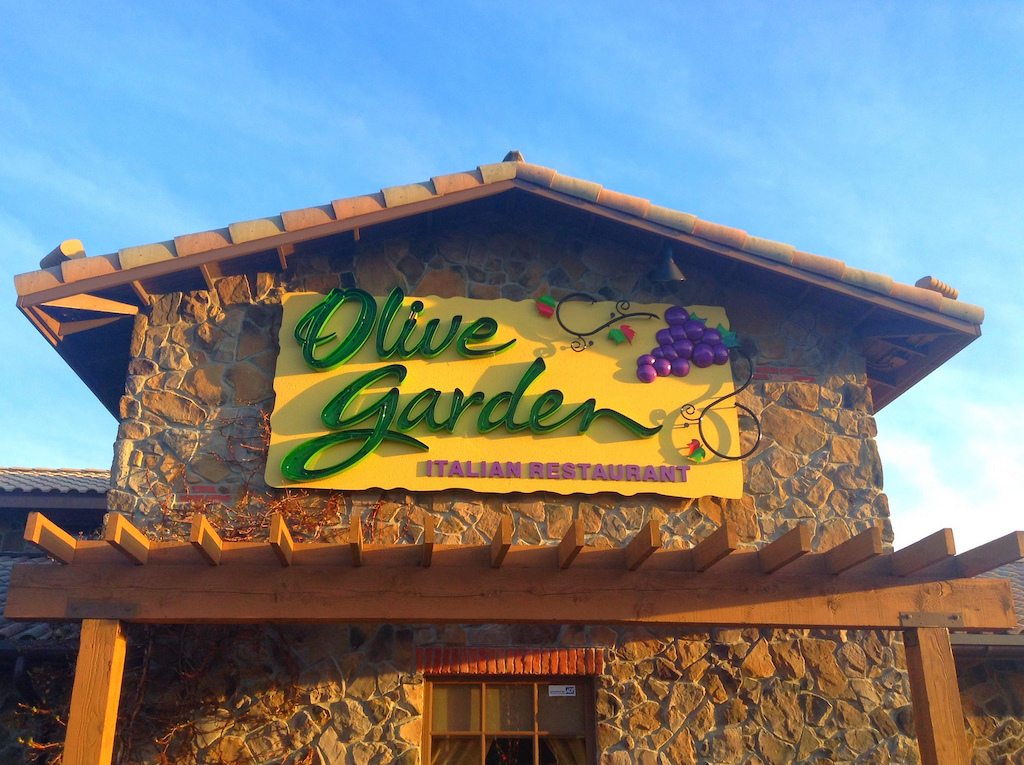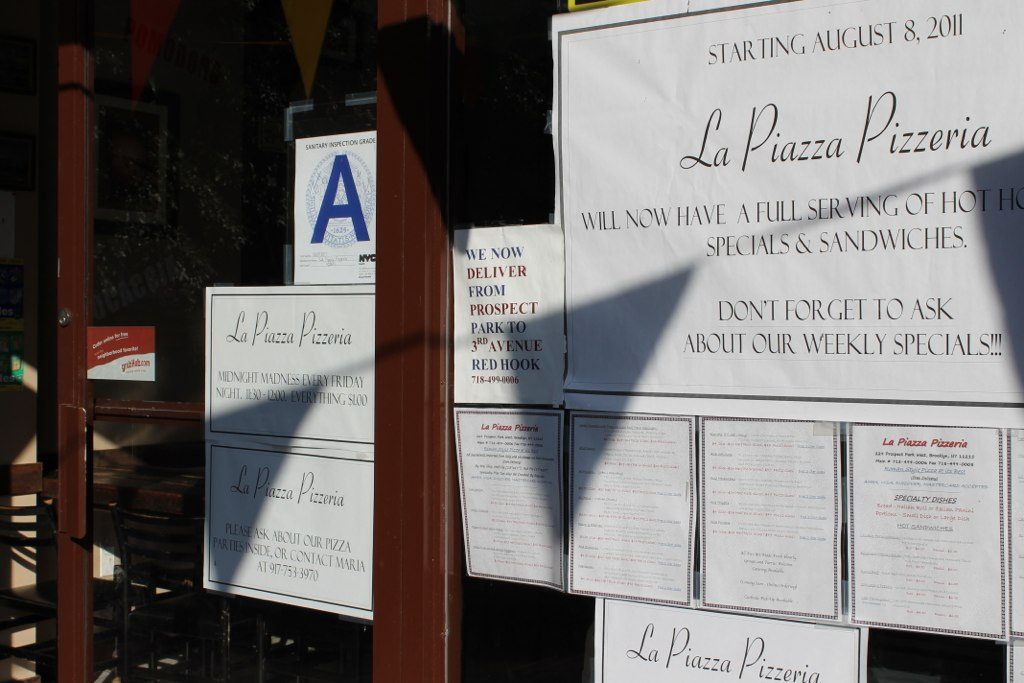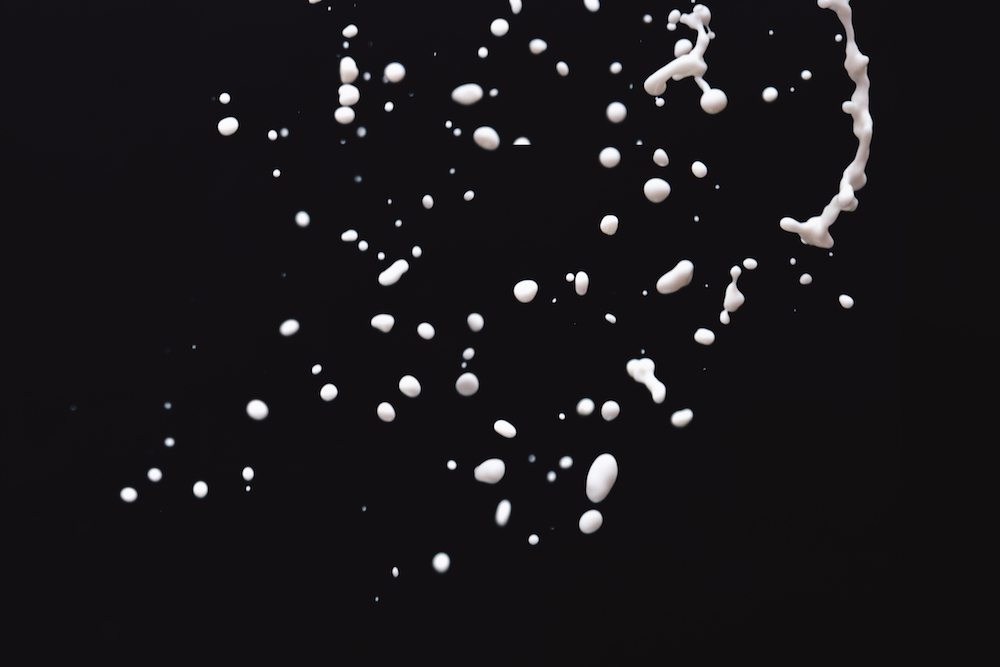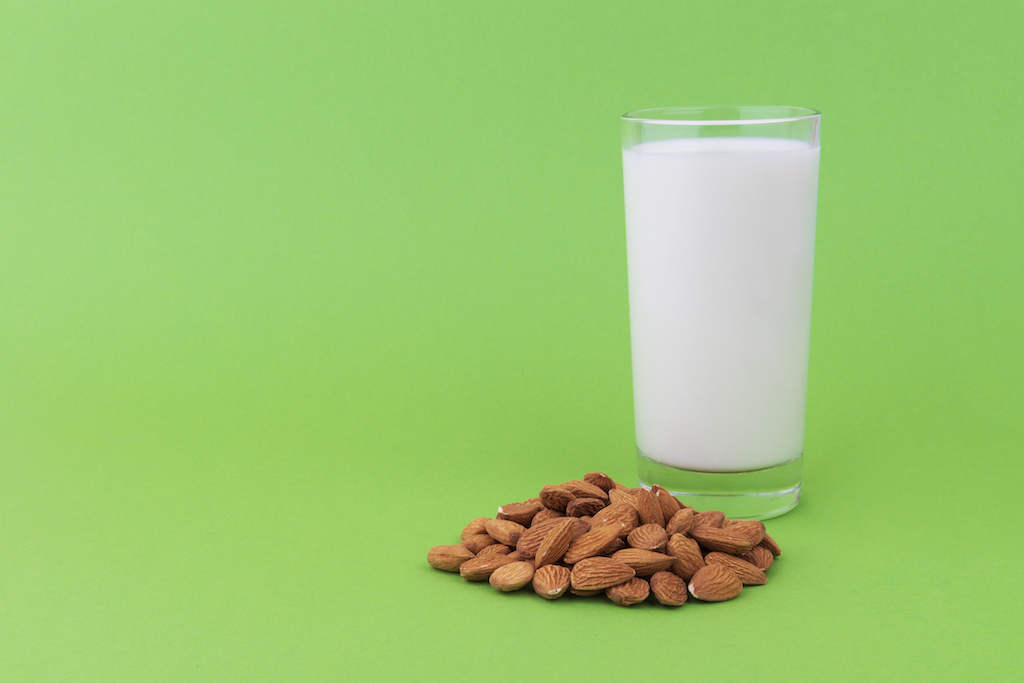Know your farm, know your food, the mantra goes. Buy your carrots and eggs from a farm you’ve visited, and a slew of ethical and nutritional concerns float out the window, right? No pesticides. No herbicides. No antibiotics. No growth hormones. No cruelty. If food comes from a nearby place full of nice people, happy animals, and progressive carbon-sequestration techniques, it’s probably safe. Right?
Onward with mantras, then: If a rising tide lifts all boats, then the last decade’s local food craze seems to have given the raw milk market an ancillary boost. What was once a risky proposition for the far-off fringe (drink raw milk because pasteurization is poison; also don’t vaccinate your children) is inching toward the mainstream. It’s talked about in hushed, excited tones: ‘Join a buying club.’ ‘The taste changes with the seasons.’ ‘Your mother’s safety concerns are outdated.’ ‘It’s subversive.’ ‘It’s good for your kids.’ ‘It’s better than camping.’ In 2010, New York Magazine described raw milk as “so laden with fat that the plastic jug swells.” And earlier this summer, Bon Appetit published an article on its Healthyish spinoff titled “Why are people so obsessed with getting raw milk?” The article quoted sources that lauded its mouthwatering characteristics: “it’s luscious, sweet, and buttery yellow,” one farmer said. “You just can’t match the taste.”
But bacteria doesn’t conform to the ethos of the locavore. Data from the Centers for Disease Control and Prevention (CDC) indicate that while raw milk consumption is on the rise, so too are illnesses that could have been prevented by pasteurization. The incidence of raw milk-related outbreaks rose by 70 percent between 2007 and 2009 (31 outbreaks) and again between 2010 and 2012 (50 outbreaks). And in Texas this summer, a very rare disease sickened at least one raw milk drinker. It’s called brucellosis, and this particular strain is antibiotic-resistant.
And here’s where things flip from controversial to confusing. As we know, livestock can contract all manner of troubling diseases. But all 50 states are technically brucellosis-free. What appears to have happened in Texas is that the vaccine used to protect cattle from Brucella abortus—which can cause spontaneous abortions in animals—actually stayed alive in the bloodstream of two animals. They then “shed” the vaccination strain, called RB51, into their milk. The vaccination strain—not Brucella from other animals or the surrounding environment—is what made someone sick. More on this later.
Raw milk activists at a rally in Los Angeles
The CDC and Texas Public Health Department have contacted more than 800 households who purchased milk during that time, though researchers suspect the group of people who may be infected is much larger, spanning seven states. (Raw milk sales aren’t legal across state lines, and investigators believe all the milk was acquired at the farm.) “We have a list of people who we have contact information for, but we think this might be the tip of the iceberg,” says Johanna Salzer, a veterinary medical officer for the CDC and one of the investigators on the case.
Brucellosis is transmitted from animals to humans via raw dairy and undercooked meat, inhalation, and through open wounds (for instance, in a veterinary office or slaughterhouse). It’s not thought to be contagious between humans. But when contracted, it’s ruthless.
It can cause fever, sweats, malaise, headaches, anorexia, muscle pain, and fatigue. If left unchecked, its long-term effects can include arthritis, depression, and swelling of the heart, spleen, liver, and testicles. It can also cause miscarriages in pregnant women.
And worse, brucellosis can be extremely difficult to detect. Its symptoms vary quite a bit, and its extreme rarity means many doctors haven’t seen it before. “Brucellosis is a very debilitating disease—someone could become sick in 5 days, [or] they might not become sick for 6 months. It might present just as a fever, so sometimes we have cases where people have had brucellosis for years,” Salzer explains. “Since RB51 is designed not to be detectable [because it’s typically used as a vaccination], we are limited in what testing we can actually do to identify it.”
It’s a true amazement of modern medicine: We built a vaccination to prevent a disease. We made tests to ignore that vaccination so we didn’t wind up with legions of false positives. Then a freakish combination of human whims and uncooperative cow bodies created conditions that transmitted a nearly-undetectable, not-harmful-to-cattle strain of bacteria into a glass of milk, where it remained nearly undetectable but suddenly became very threatening to humans.
It’s important to know that the CDC is recommending that anyone who drank milk from K-Bar Dairy this summer take antibiotics, even if they aren’t showing symptoms. Officials also recommend that anyone who drank the raw milk in question let their doctor know that RB51 doesn’t respond to antibiotics typically used to treat brucellosis. More information can be found here.
There’s no reason to believe brucellosis will continue to spread, as the dairy is cooperating with authorities and the two infected cows are no longer being milked. The herd is being monitored, in spite of the fact that this vaccine strain is not believed to spread between animals.
Still, how did a disease that’s not supposed to exist in cattle in the United States, and that infects only about 120 people per year, suddenly come to threaten thousands over the course of one summer?
Some background: Brucellosis hasn’t been a major problem for humans in the this country since 1924, when the Food and Drug Administration (FDA) issued the Grade “A” Pasteurized Milk Ordinance, recommending pasteurization for commercially-sold milk. The pasteurization process kills Brucella and other more common bacteria like Campylobacter, E. coli and Salmonella. If the K-Bar milk had been pasteurized, no one would have gotten sick.
But even as pasteurized milk became more and more popular, ranchers and farmers struggled to eradicate brucellosis in their cattle herds, where it causes spontaneous abortions. In 1996, they started using RB51 to vaccinate against Brucella abortus, a strain that typically infects cattle. The vaccinations have been really successful: In the mid-aughts, Texas became the 50th state to be declared brucellosis-free. “Texas continues a high-level surveillance program to determine if the field strain Brucella abortus is present,” said Thomas Swafford, public information officer for the Texas Animal Health Commission in an email. “Since 2008, there has not been any field strain B. abortus detected in Texas with exception of one beef herd in a county that borders Mexico.”
At K-Bar Dairy, the infection matched the strain from the vaccine—again, that’s RB51. “Even when the vaccine is properly administered, a cow can rarely become persistently infected if the cow matures early,” Swafford says. In this case, the cows were likely vaccinated with RB51, then the strain stayed alive in their bodies. They “shed” that bacteria into the milk they produced. And since humans aren’t vaccinated against brucellosis in the way cattle are, human milk drinkers are vulnerable to getting sick from the vaccine strain meant for the cows. “We believe it is highly unusual for this vaccine strain brucella to be shedding in the milk,” Swafford says, “but that is one reason why pasteurization is important.” K-Bar Dairy did not respond to requests for comment.
Selling raw milk is legal in Texas. It’s sold directly from the farm, and it’s highly regulated through the Milk and Dairy Program at the Texas Department of State Health Services (DSHS). Raw-milk dairies are inspected twice every six months by registered sanitarians. And the milk itself is tested every six weeks. “There is regular testing done, and that is done both for milk quality—making sure it has the right fat content—and also for pathogens,” says Chris Van Deusen, director of media relations at DSHS.
But Van Deusen also says those pathogen tests aren’t designed to detect brucellosis: “It is not something that is routinely tested for.” That means even if K-Bar Dairy had tested the exact same pint of milk that wound up infecting a human, the RB51 would’ve stayed under the radar.
It appears that every entity did the responsible thing in this situation. The dairy vaccinated its cows and followed the rules. Investigators sprung into action as soon as the disease was discovered. A dizzying network of officials coordinated a rapid response (the CDC even enlisted 65 volunteers to help contact some of the affected households).
But there are still a lot of people who don’t feel sick and haven’t heard the news. Salzer says it’s possible someone could be infected and continue to feel healthy for another four months. Pasteurization is starting to look more and more delicious. Right?
